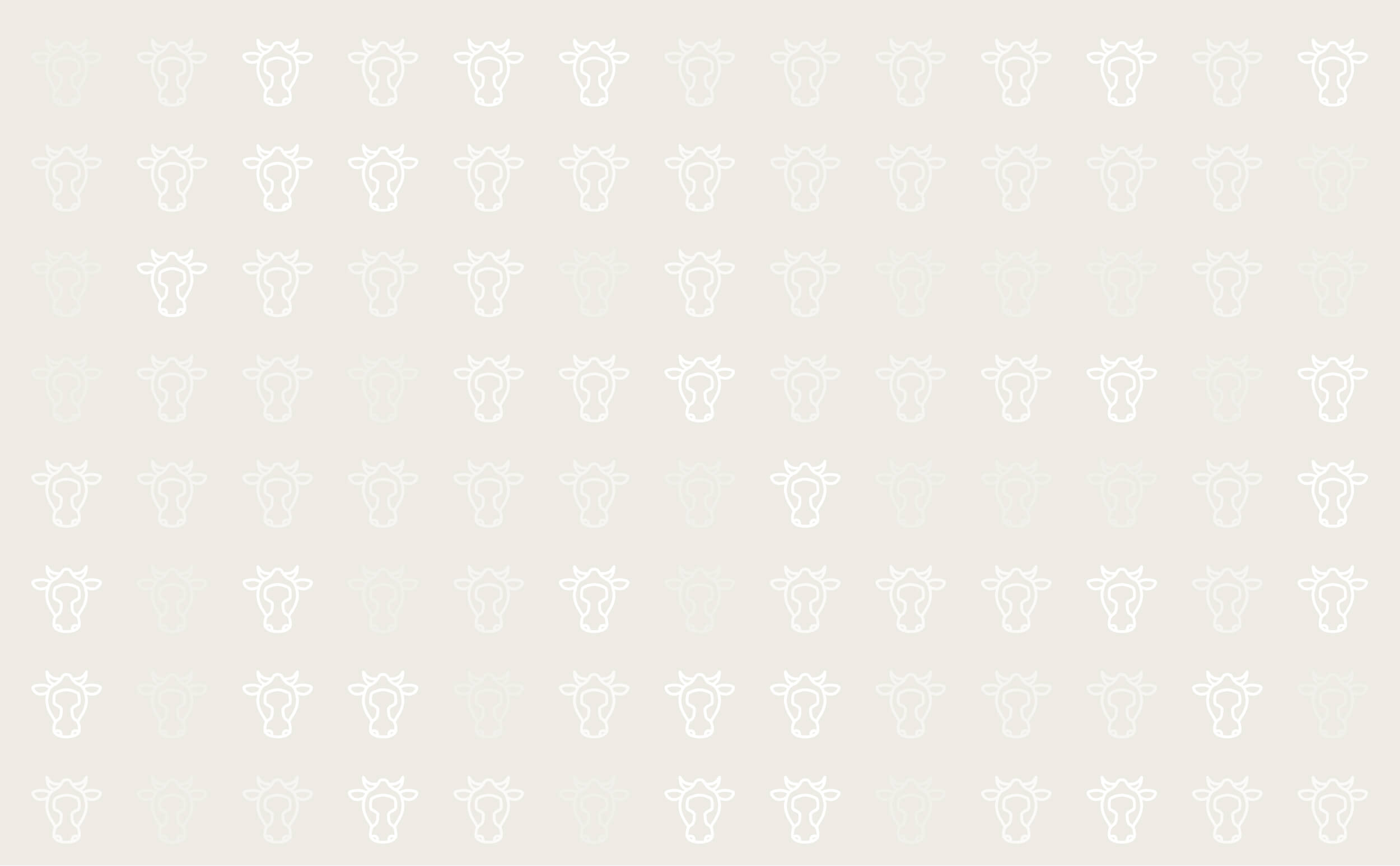



Abortion
Cows can suffer abnormalities during pregnancy leading to mummification of the foetus or resulting from maternal or foetal abnormality. All cases where the pregnancy terminates early and the foetus is expulsed are called abortions.
As there are multiple causes of abortion and the detection of abortions in a herd can vary significantly depending on the husbandry system and calving pattern, the incidence of abortion at herd level also varies markedly. It has been suggested that an abortion rate of 5% or more in a herd should be considered an indication of an abortion problem (Deas, 1981).
The causes of abortion have been classified by Boyd and Gray (1992) as follows:
Infectious:
- Non-specific
- Specific
Miscellaneous:
- Drug-induced (prostaglandins)
- Insemination/intra-uterine infusion
- Hypothyroidism
- Trauma/stress (transport, noise, veterinary treatment etc.)
- High fever and endotoxins (toxic plants, nitrate/nitrite, fungal toxins, other disease)
- Nutritional (malnutrition, vitamin A/selenium/vitamin E deficiency, goitre)
- Twin pregnancy
- Genetic (malformation)
Both non-specific and specific infectious causes of abortion can lead to "abortion storms" in a herd, whereas the miscellaneous causes often result in sporadic, individual cases.
The most important infectious abortion agents are:
- Salmonellosis (particularly Salmonella dublin)
- Listeriosis
- Leptospirosis
- Neospora caninum abortion
- Bovine Viral Diarrhoea (BVD)
- Infectious Bovine Rhinotracheitis (IBR)
- Campylobacteriosis (see below)
- Fungal/mycotic abortion (see below)
- Epizootic/chlamydial abortion (see below)
- Trichomoniasis (see below)
- Brucellosis (see below)
Campylobacter jejuni is seldom reported as a primary cause of abortion in cattle in the UK. This may be due to the limitations of current diagnostic procedures. It has been suggested that the pathogen may be a significant cause of infertility in suckler herds.
Fungal abortions are associated with contaminated feed and are either sporadic or occur in small outbreaks, typically between the fifth and seventh months of pregnancy.
Epizootic abortion in cattle, caused by Chlamydia spp., has been reported in the UK in recent years and is seen as an emerging cause of contagious abortion in cattle.
Abortions caused by trichomoniasis and brucellosis are extremely rare in the UK, as both diseases have been subject to statutory disease control measures. Brucellosis is a notifiable disease and its control is still carried our as a statutory measure under the Brucellosis Order.
Further information
Further information on abortions in cattle can be found by following the links below. This information references cattle health and welfare in organic cattle production systems and is part of a compendium on animal health and welfare in organic livestock production provided by the University of Reading.
(links open in new window)


